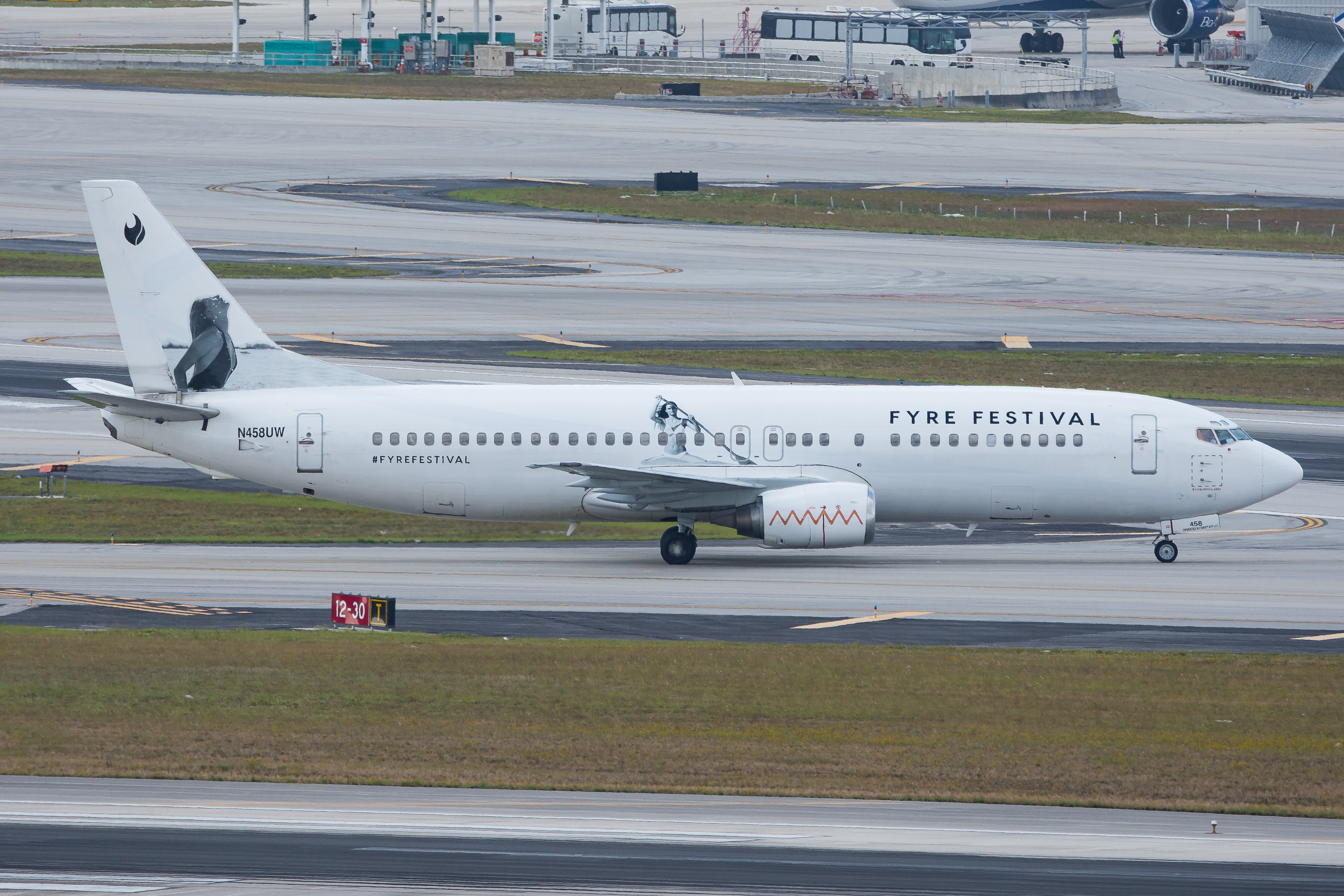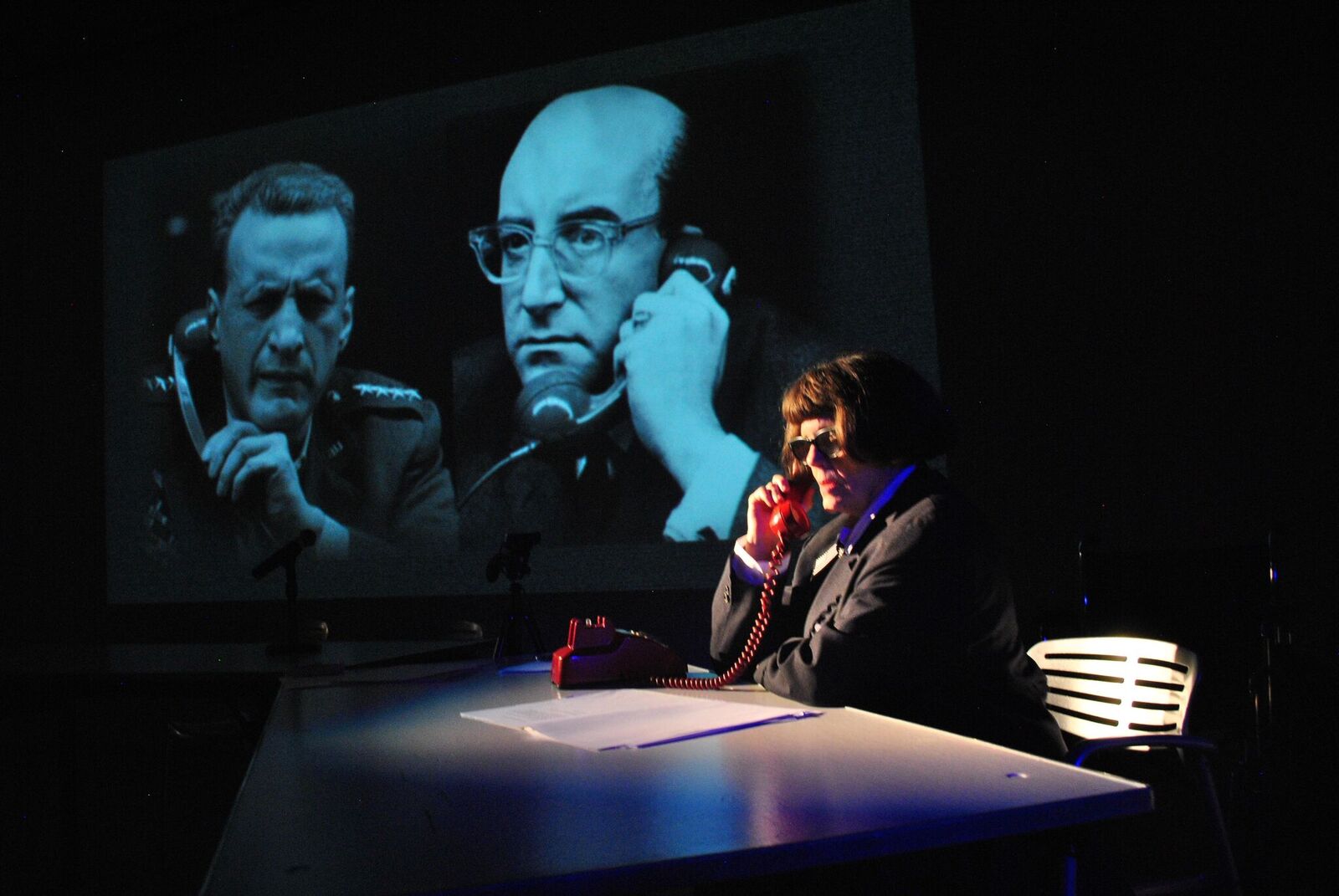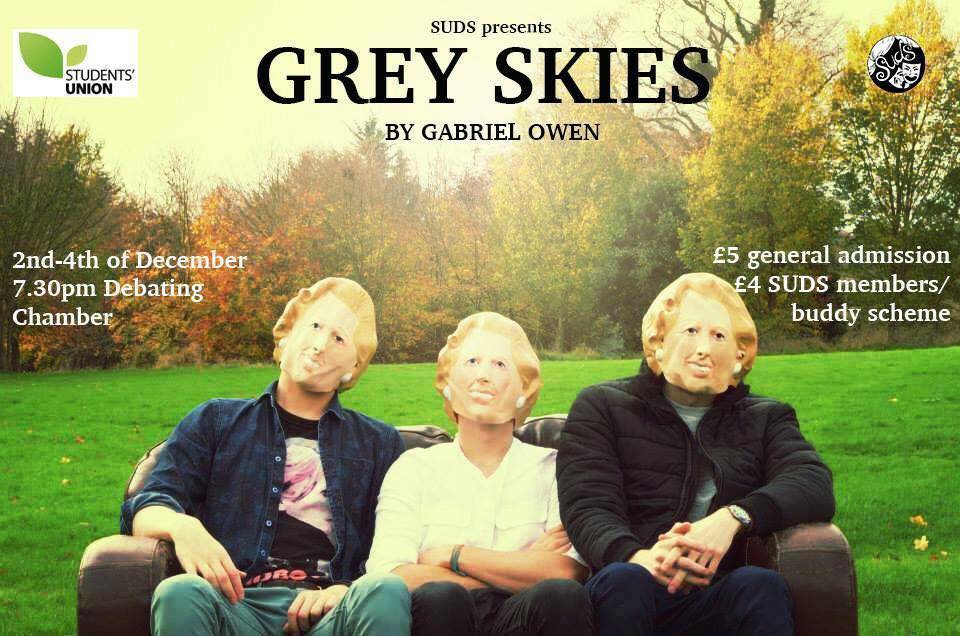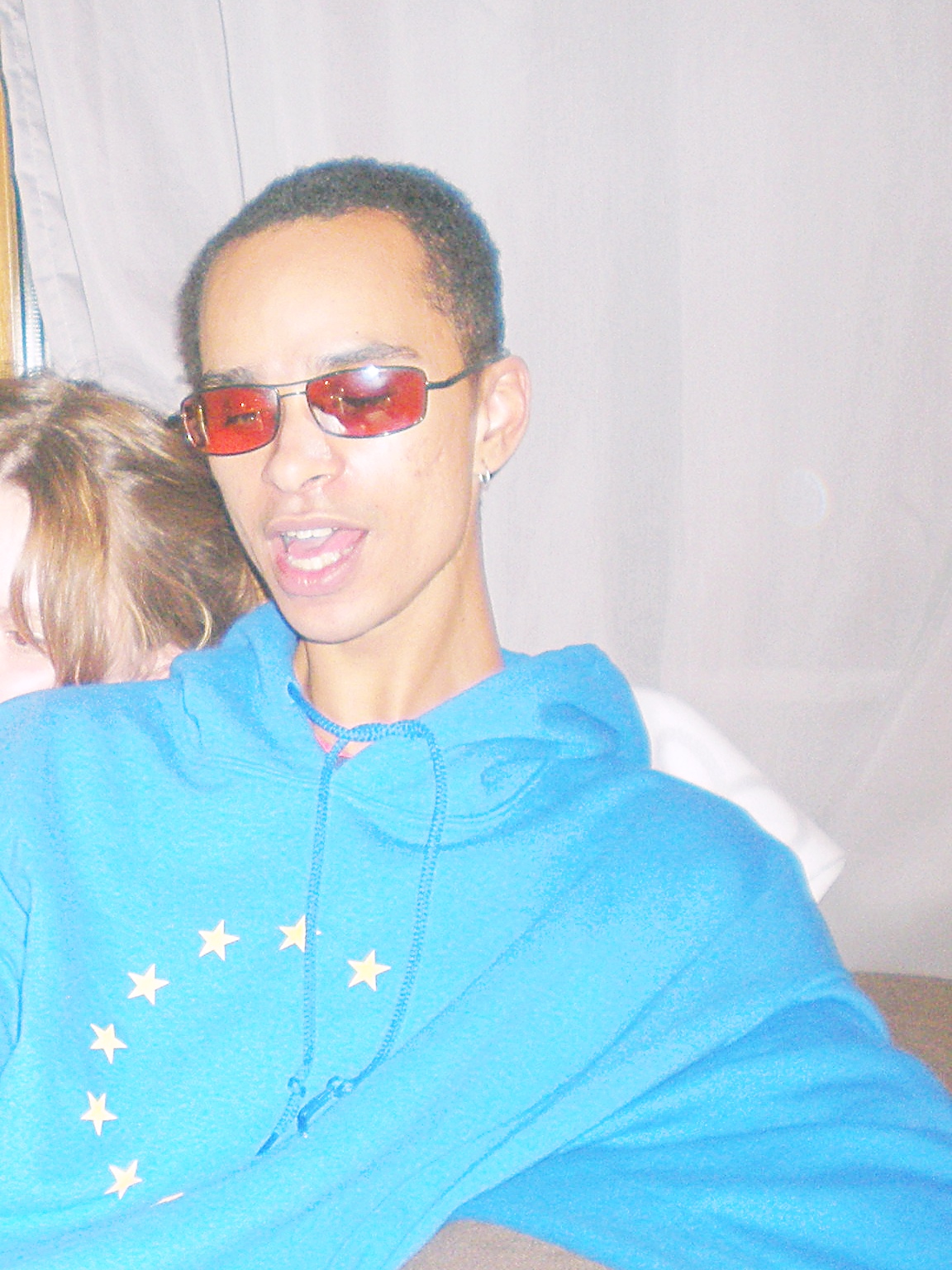Last month, Netflix released its latest original documentary, ‘Fyre: The Greatest Party That Never Happened’. It interrogates the story of Fyre Festival held (if you can say it was held at all) in April-May 2017, and, mainly, how it unravelled as a complete disaster on a huge scale.
The organisers were working well over-budget, promising a luxury service as a unique experience, and instead providing guests with a packed lunch and FEMA tents to sleep in. Musical acts never made it to the remote Bahamian island and many festival-goers were trapped overnight. The only seemingly-successful part of it all was the cheaply-branded Boeing, that was actually meant to be a private jet…
It ultimately resulted in the festival being postponed, and then the filing of enough lawsuits to block out the sun, with many seeking class action status.
The content of the documentary has spread rapidly since its release, garnering general shock and surprise at just how wrong it went and on such a massive scale. Much of the nature of its promotion lead to the extremely public demise that followed. The festival, its interest and reputation was built entirely on the foundation of advertising, that we now know was false in every way.
Its organisers were shown to be living in the absolute wonderland of high-life that did not befit their wealth or competence, feigning a certain lifestyle for their investors, employees and customers. Its founder and chief, Billy McFarland (pictured right), was in huge debt (and now resides in medium security incarceration). Earning well below what he bragged as part of parent company Fyre Media Inc., he lived as a fraudulent version of himself all the way until his imprisonment, where he rented a penthouse suite in Manhattan despite being on bail.
He seems the biggest and most criminal product of one of the biggest sicknesses of the Instagram age, where people live a crafted and fashioned reality of themselves through social media. From the fairly formulaic company name to his obsession with the appearance of status, everything sounded or seemed right, but lacked substance or competence. McFarland survived in deeper water than he could swim in, for as long as it appeared that he was an Olympic swimmer.
“Top-to-bottom organisation, creating the right mood, and cultivating a general experience takes time and preparation, not ego and social-media braggadocio.”
The documentary is excelent in its sometimes sensational but mainly brutal telling that spares no one, and rightly so.
It serves as a willing, or unwilling, commentary on festival culture, shining an often-uncomfortable light on the type of people who might attend them. From the beginning, an obsession with ‘influencers’ from start to finish lead both the organisers and fans down a tunnel they had no evidence would end.
It also highlighted some of the moral disregard of festival culture. The organisers literally poured booze in to people to distract them while they waited. People turned to stealing and fighting in the first night as the festival began to unravel even more dramatically. Driven by a sense of entitlement that money had bought them, do you blame them? Maybe, maybe not.
What can we learn from the calamity? The obvious answers don’t need saying. But the catastrophic Fyre Festival does perhaps present itself as a warning to us. The rise of the festival as a business opportunity has increased rapidly over the last ten years. The amount of new festivals to choose from is almost dizzying this year in particular.
You suspect many of the McFarland’s of the world have realised their immense popularity, and with that the great opportunity they present to make serious money: Ticket prices can range from 100 to 500 pounds for a standard ticket alone, sponsorships flood in to fill festivals with their own brand, food and drink account for a major portion of the money that is spent too where customers are literally kept in an enclosure for a weekend or more, shops and stalls are everywhere.
Fyre Festival, then, serves as a big pinch of salt to this massive rise. Great festivals are not born overnight. Glastonbury has cultivated its reputation and quality over almost 50 years now, and it has grown into it, from 1,500 to 135,000 capacity. Reading and Leeds has existed as some version of its current self since the early sixties. It takes time.
There is also a common mistake to be made in judging the quality of a festival by its line-up. Fyre Festival proved that getting big names to play, like Major Lazor and Disclosure, and even bigger names to promote it, from a Jenner to a Ratajkowski, is not hard when the money is there in some way or another.
Top-to-bottom organisation, creating the right mood, and cultivating a general experience takes time and preparation, not ego and social-media braggadocio. Fyre Festival was founded off conceptual dreaming, not hard and real work – that must surely be the lesson.
Fyre Festival as the new Icarus of musical mythology reminds us of the power of promotion to capture imagination and desire, and the trepidation we must have with contemporary media marketing. With the welcome return of Glastonbury this year set to remind the world of just how a festival is really run, we must not forget that other newer festivals invite us to attend on trust that they will deliver.
Faith, but research and caution advised.





